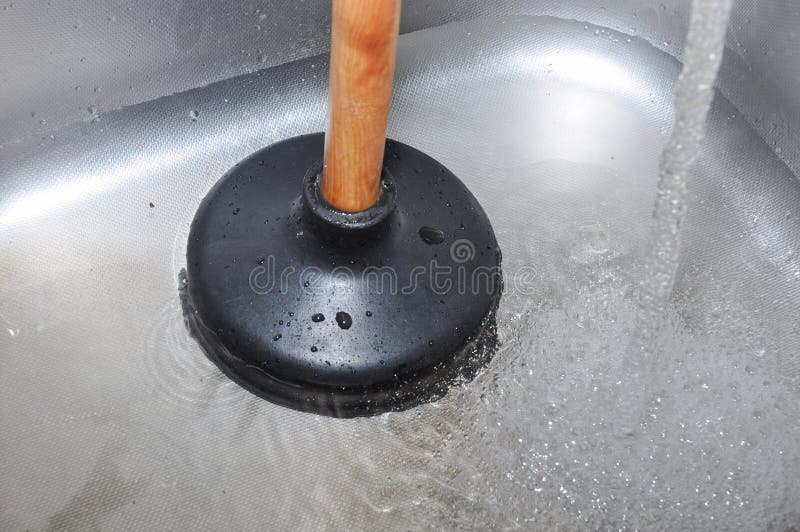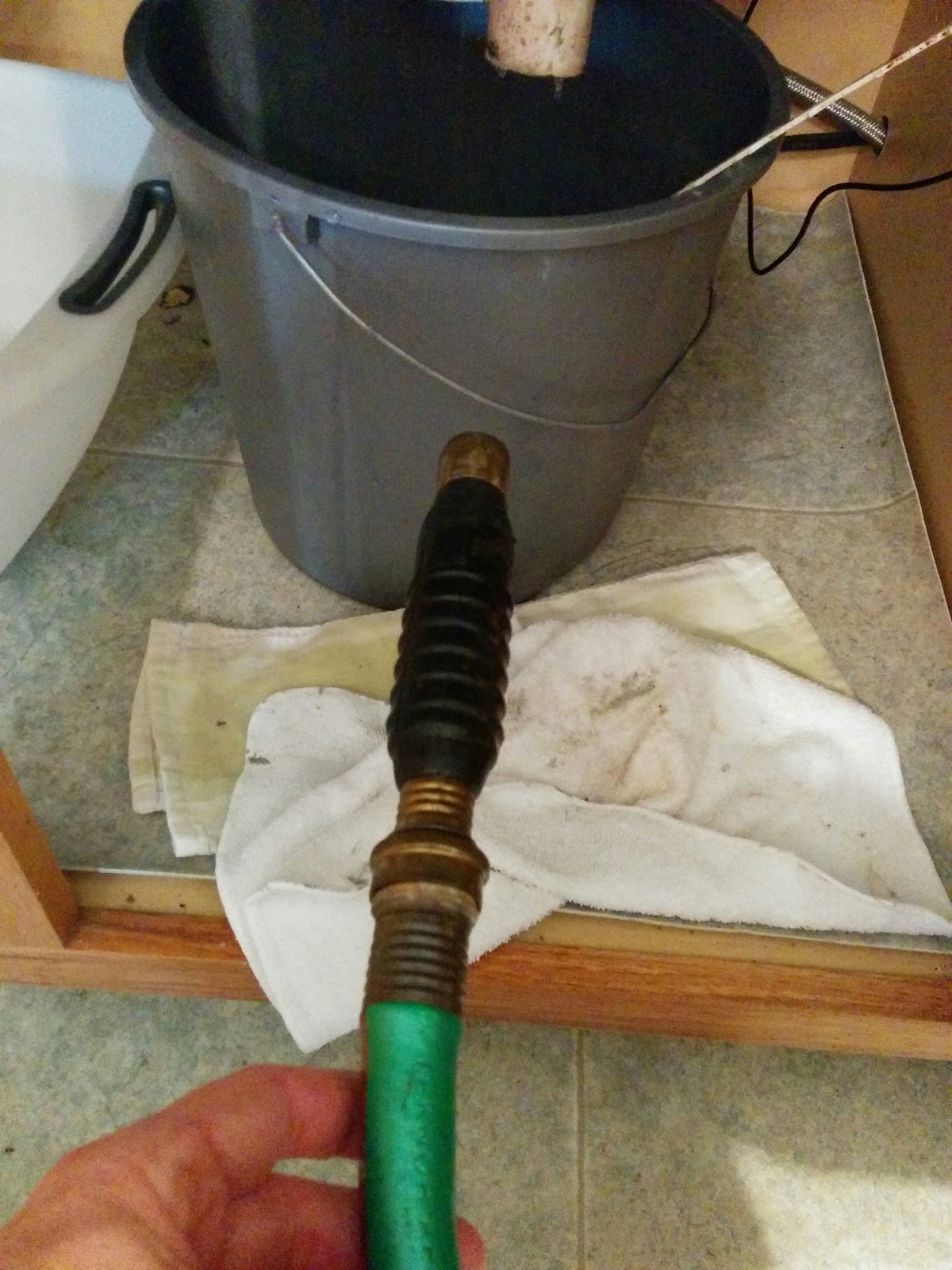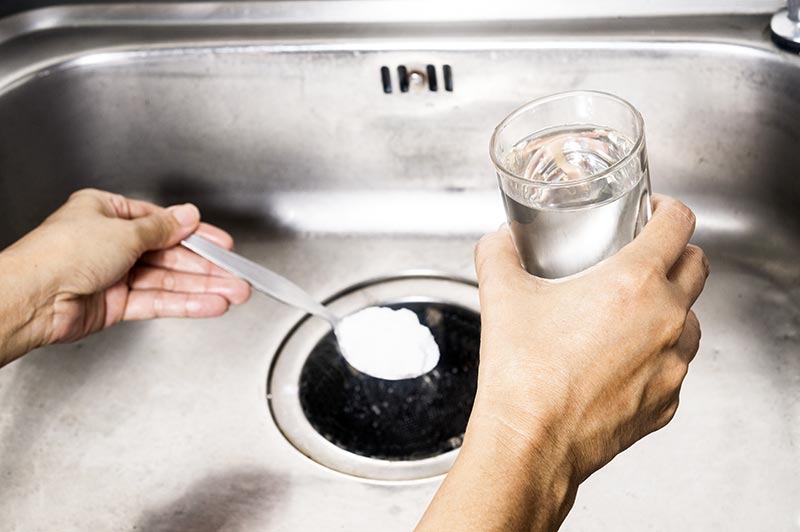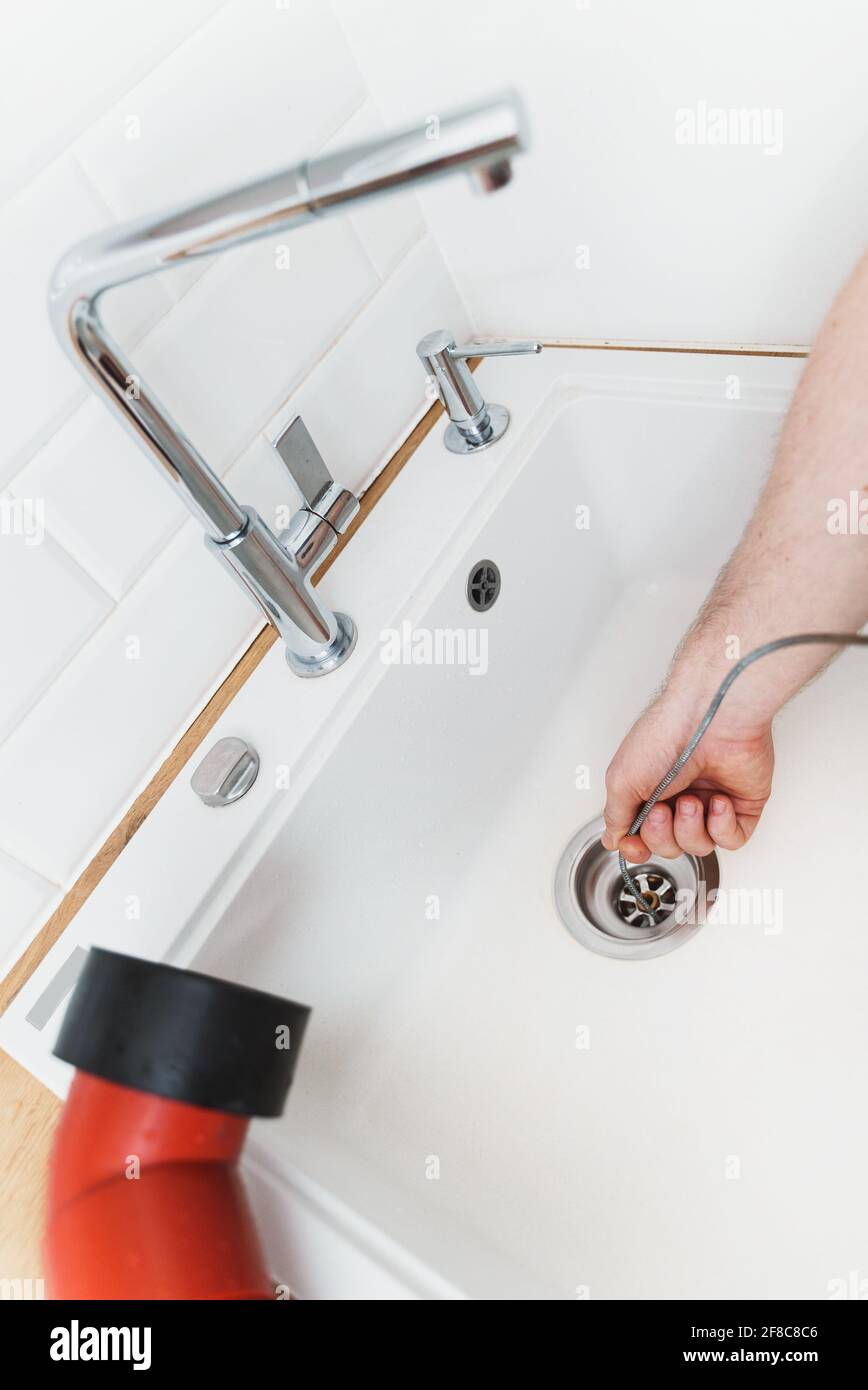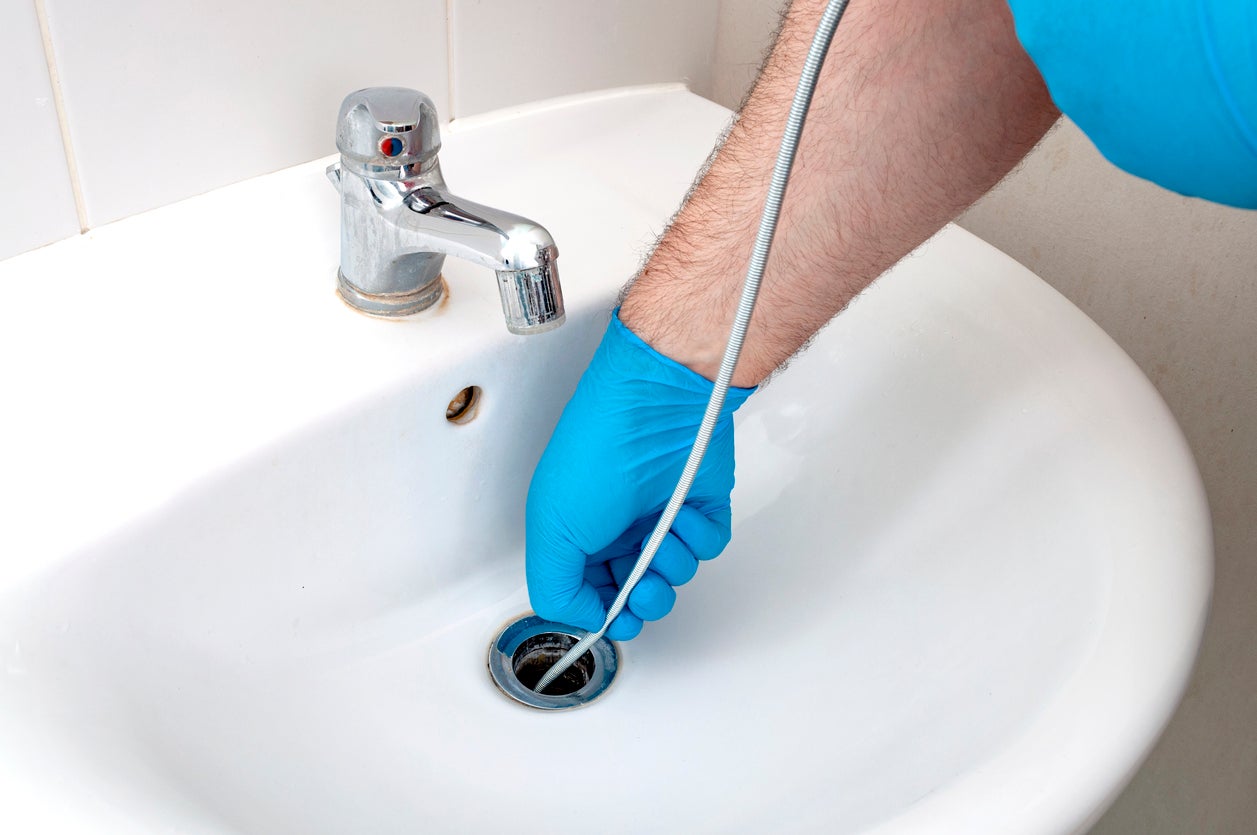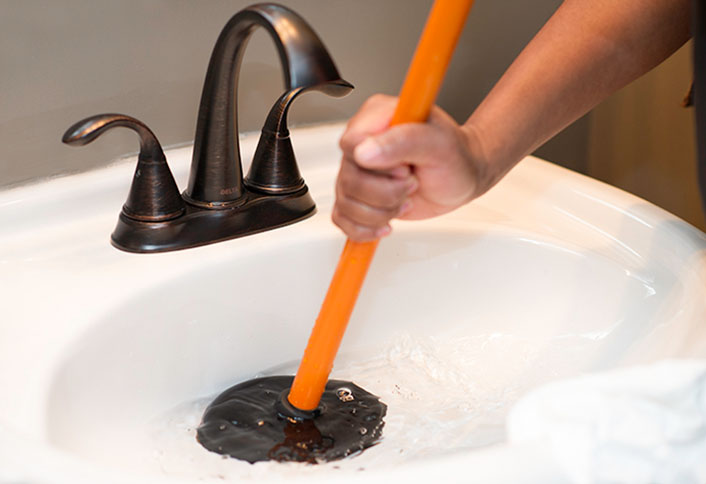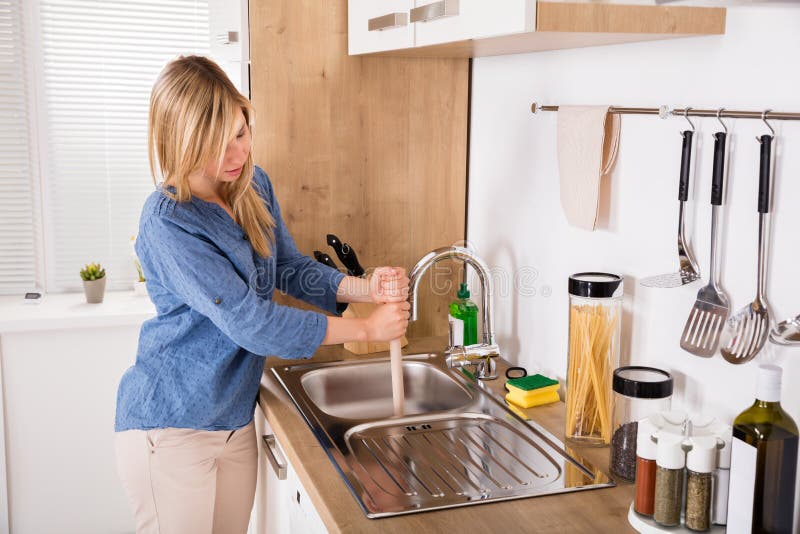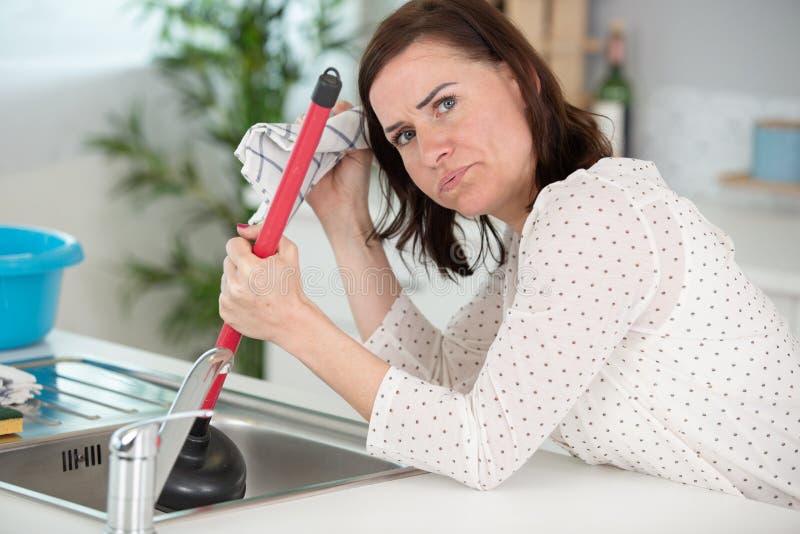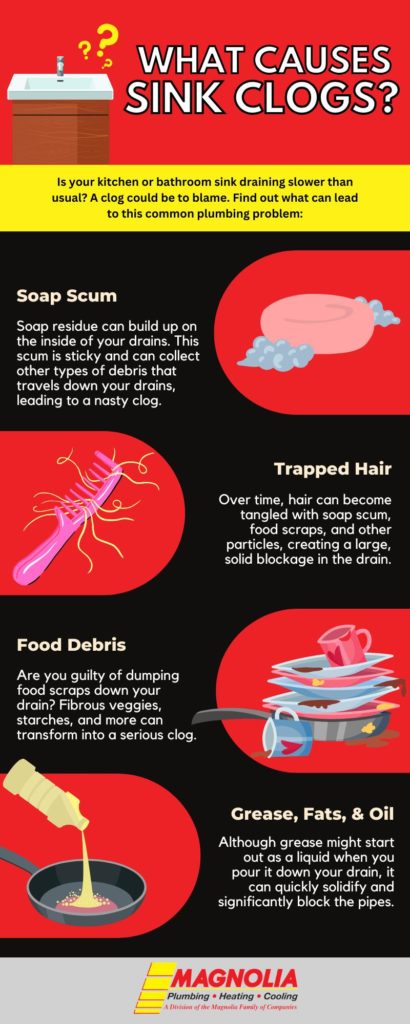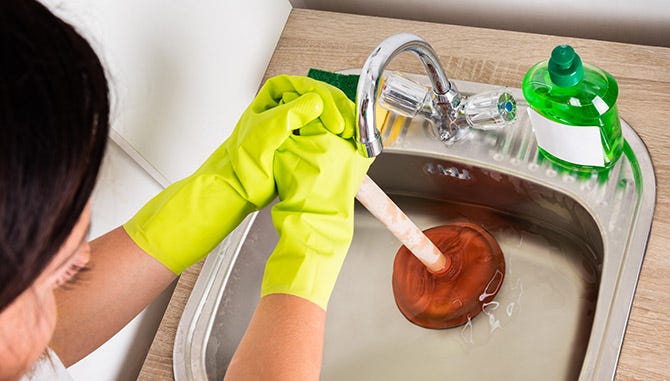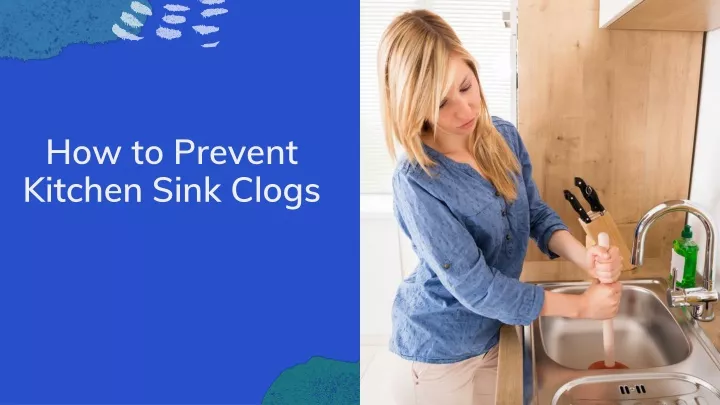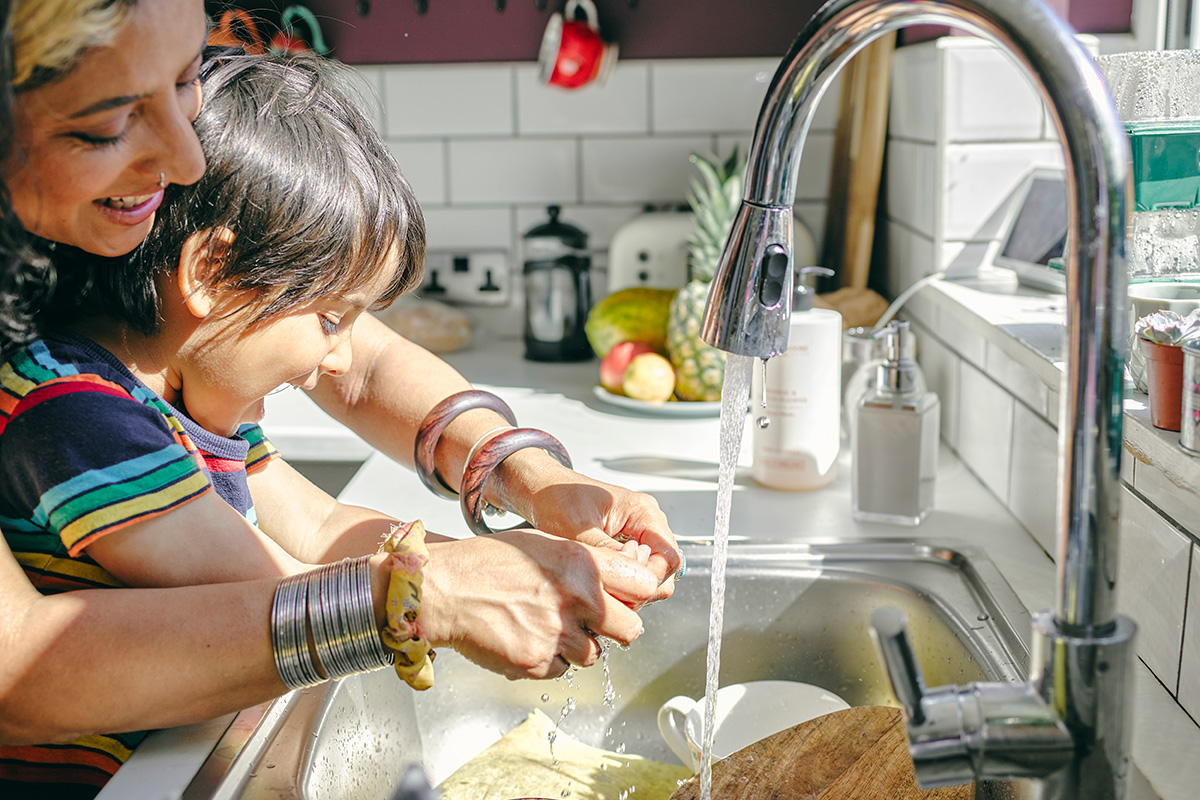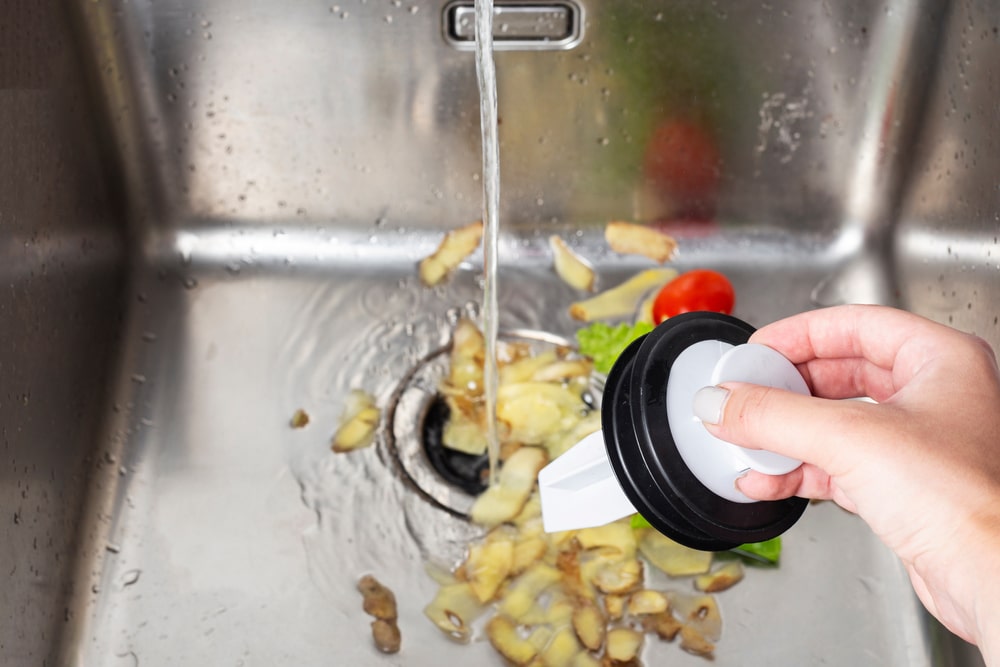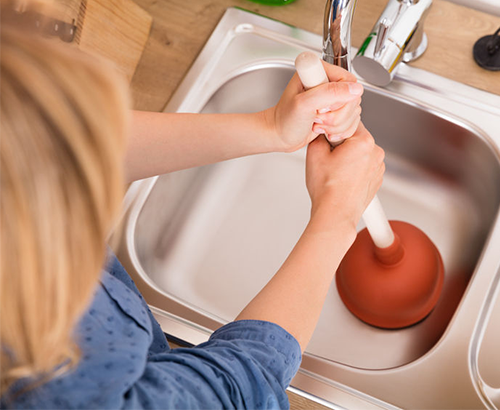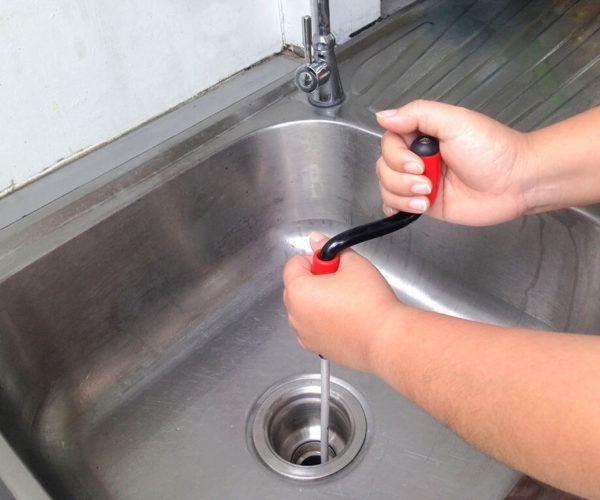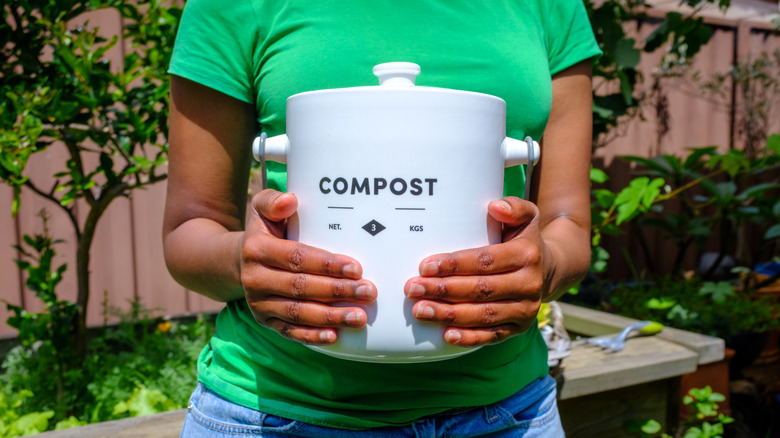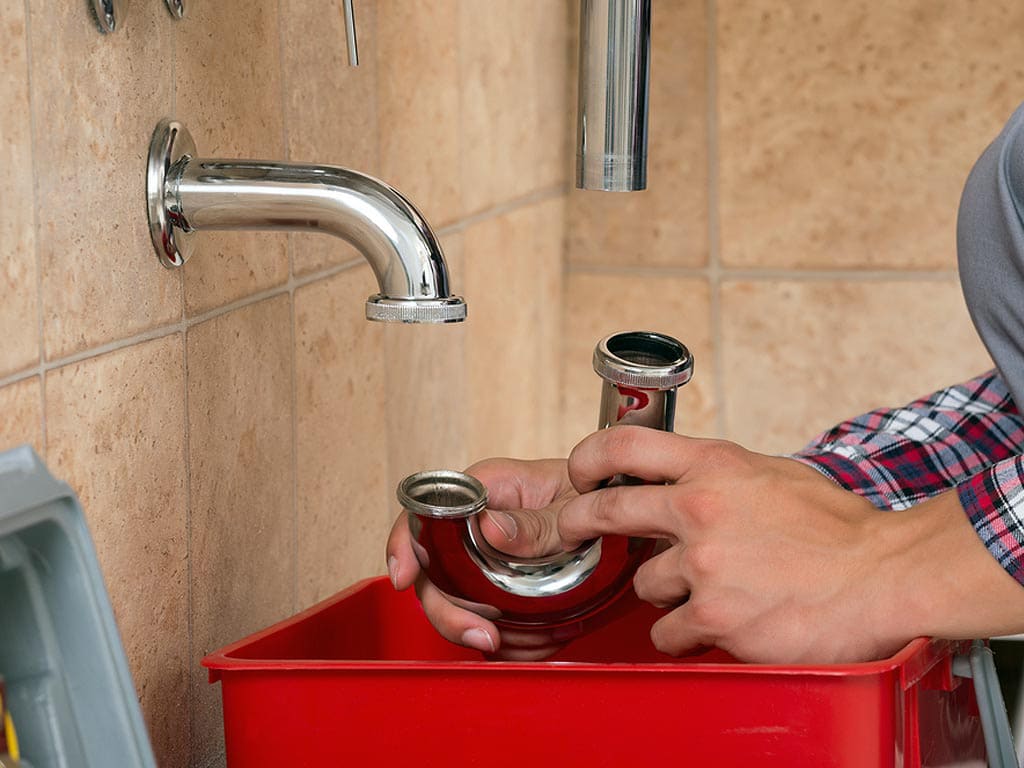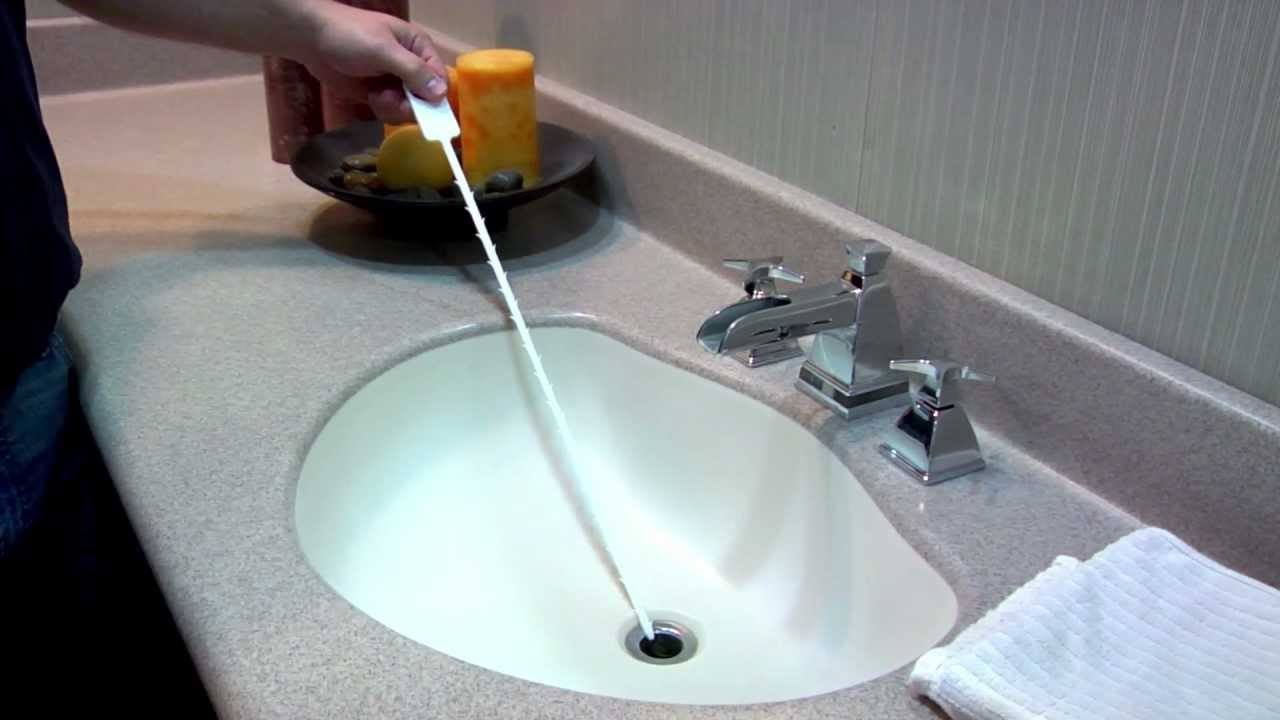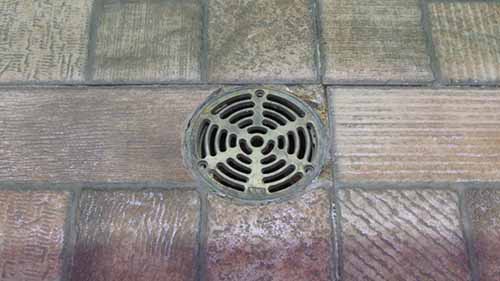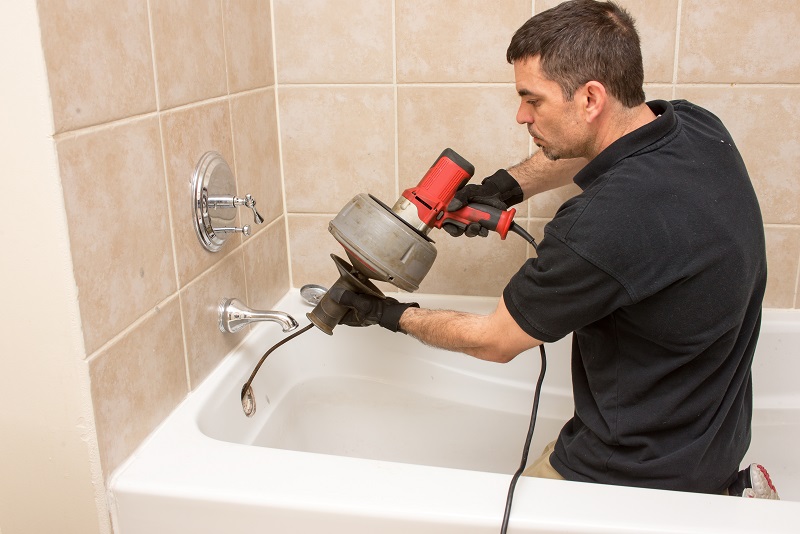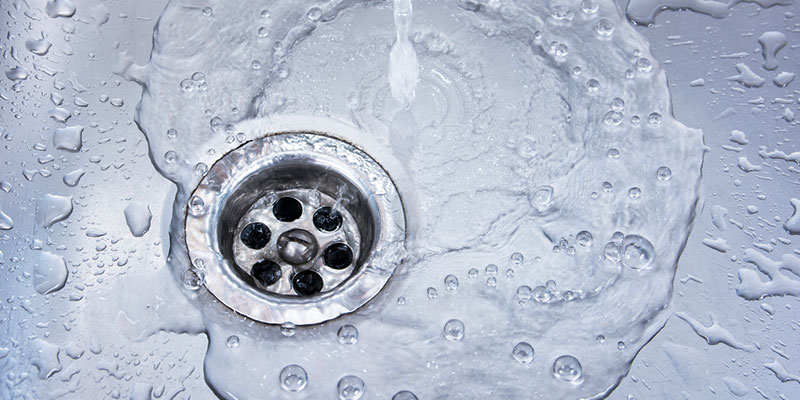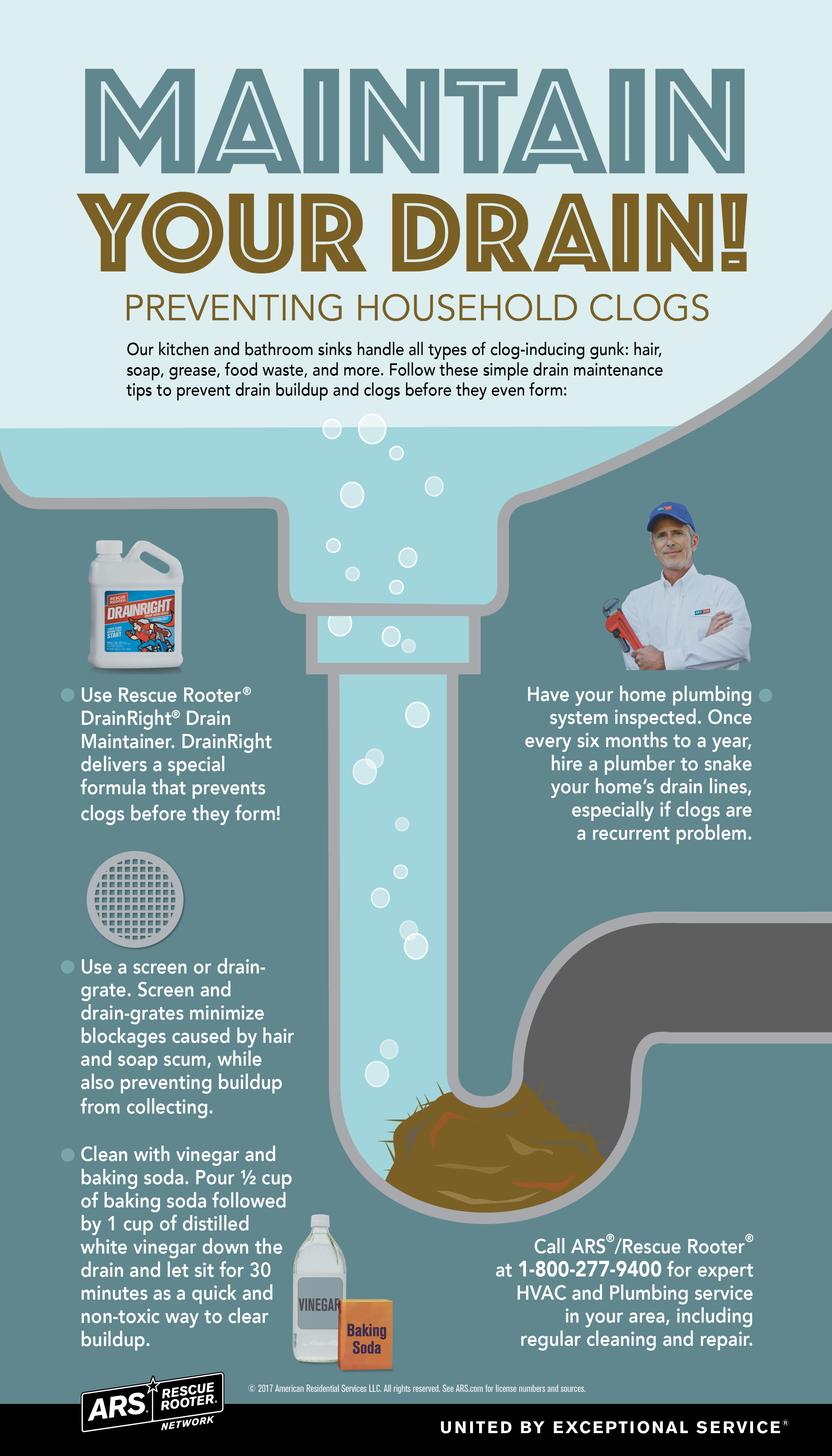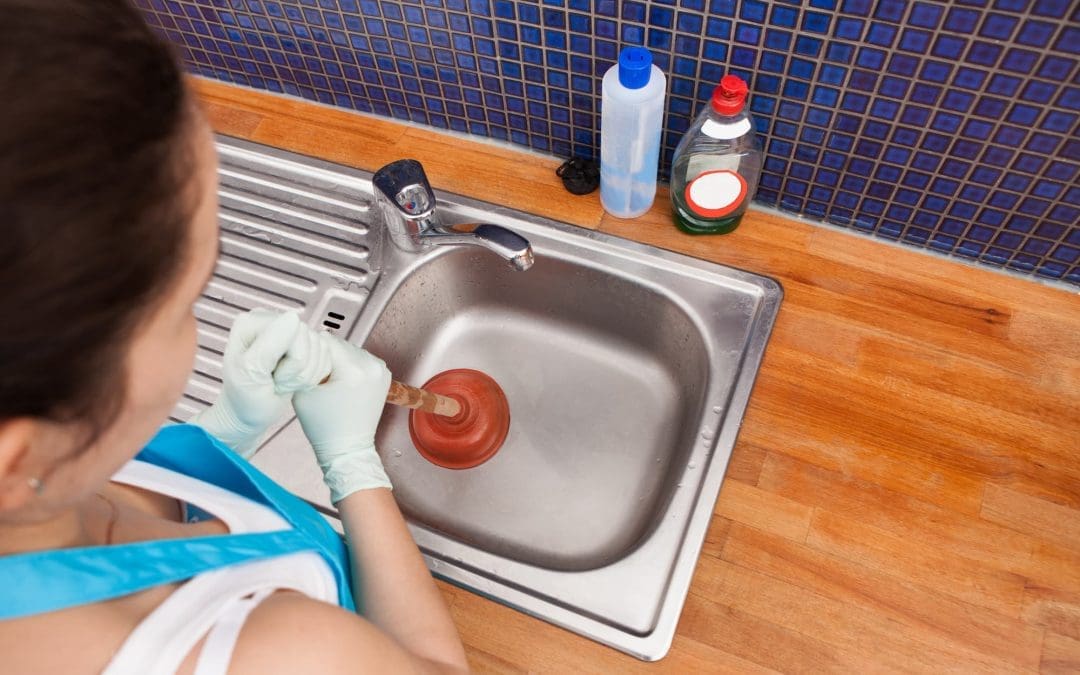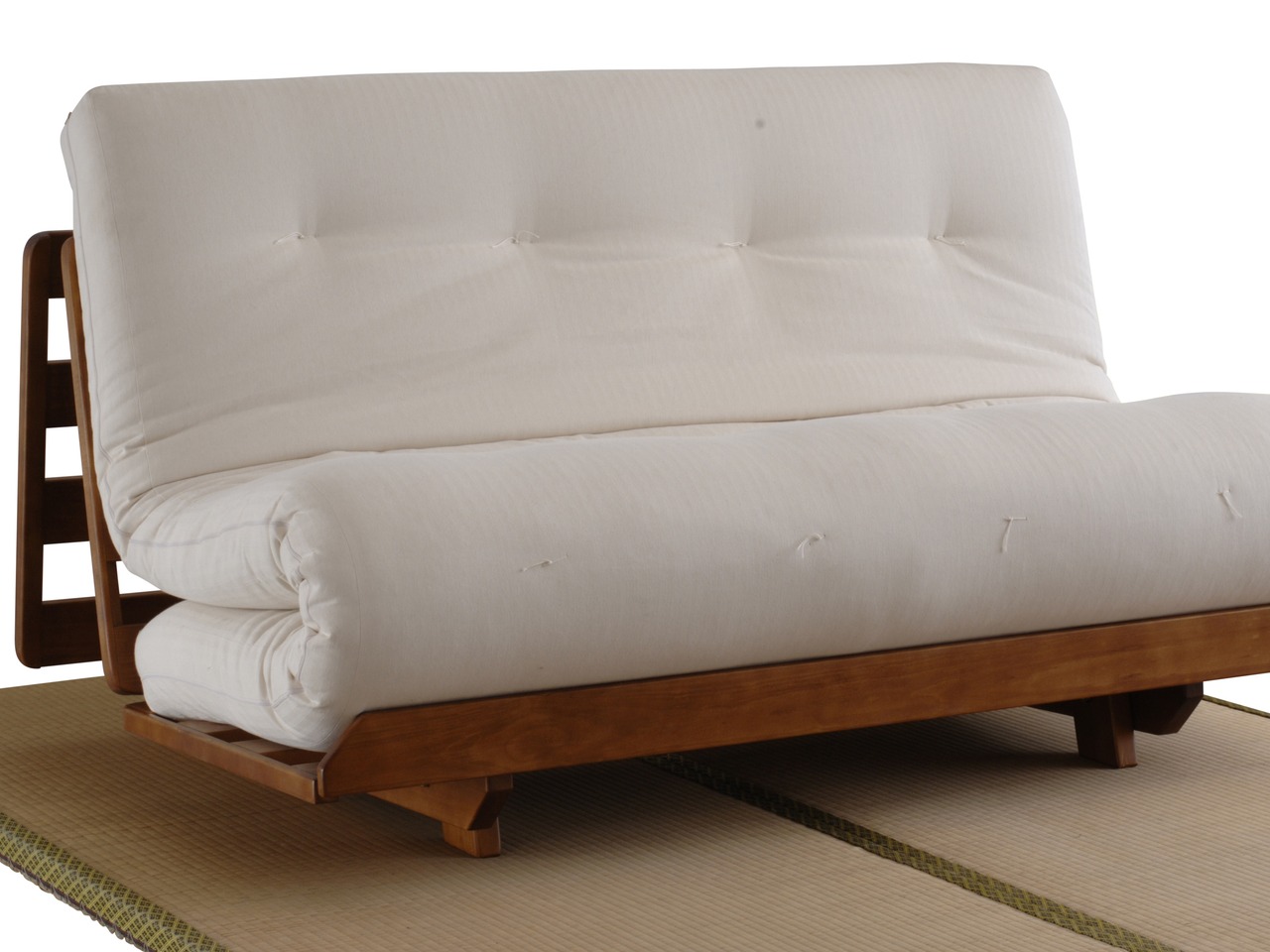If you're dealing with a clogged kitchen sink, one of the first tools you may reach for is a plunger. But does a plunger actually work on a kitchen sink? The answer is yes, but it's important to know the proper technique for using a plunger on a kitchen sink. Here's a step-by-step guide to help you effectively unclog your kitchen sink with a plunger.How to Use a Plunger on a Kitchen Sink
The first step is to make sure you have the right type of plunger. A cup plunger, also known as a sink plunger, is the best option for unclogging a kitchen sink. This type of plunger has a flat bottom that can create a seal around the drain. Next, fill the sink with enough water to cover the bottom of the plunger. This will help create the necessary suction to loosen the clog. If your sink is already full of water, you can skip this step. Place the plunger over the drain and make sure it is completely covering the opening. Press down on the plunger to create a seal, then pull up quickly. This action will create suction and help loosen the clog. Repeat this plunging motion several times. If the clog doesn't clear after a few attempts, try adding some hot water to the sink. The hot water can help break up grease and other substances that may be causing the clog. Continue plunging until the water begins to drain properly.How to Unclog a Kitchen Sink with a Plunger
If a plunger doesn't work on your kitchen sink clog, you may be wondering if a drain snake would be a better option. A drain snake, also known as a plumbing snake, is a long, flexible tool that can be inserted into the drain to break up and remove clogs. While both a plunger and a drain snake can be effective for unclogging kitchen sinks, they work in different ways. A plunger creates suction to loosen the clog, while a drain snake physically breaks up the clog. In some cases, a combination of both tools may be needed to completely clear a clog.Plunger vs. Drain Snake for Kitchen Sink Clogs
There are a few reasons why a plunger may not work on a kitchen sink clog. One common issue is an air pocket in the drain. If the plunger isn't creating a seal, the suction won't be strong enough to loosen the clog. In this case, you may need to try a different type of plunger or add more water to the sink. Another possible reason for a plunger not working is a more severe clog. If the clog is deep in the pipes or made up of hard substances, a plunger may not be strong enough to break it up. In this situation, a drain snake or professional plumbing services may be necessary.Why a Plunger May Not Work on a Kitchen Sink
To increase your chances of success when using a plunger on a kitchen sink clog, here are a few tips to keep in mind: 1. Use the right type of plunger. As mentioned earlier, a cup plunger is the best option for unclogging a kitchen sink. 2. Cover any overflow holes. If your sink has overflow holes, make sure to cover them with a wet cloth before plunging. This will help create the necessary suction to loosen the clog. 3. Be patient. In some cases, it may take several attempts with the plunger to clear the clog. Be patient and keep trying until the water begins to drain properly. 4. Use hot water. As mentioned earlier, hot water can help break up grease and other substances that may be causing the clog. If the clog isn't clearing with just the plunger, try adding hot water to the sink and plunging again.Tips for Using a Plunger on a Kitchen Sink
Understanding the common causes of kitchen sink clogs can help you prevent them in the future. Some of the most common causes include: 1. Food scraps. Small pieces of food can easily get stuck in the drain and cause a clog. 2. Grease and oil. These substances can solidify in the pipes and trap other debris, leading to a clog. 3. Soap scum. Over time, soap scum can build up and create a clog in the drain. 4. Foreign objects. Items such as utensils, bottle caps, and hair can accidentally fall into the sink and cause a clog.Common Causes of Kitchen Sink Clogs
To avoid dealing with a clogged kitchen sink in the future, here are a few preventative measures you can take: 1. Use a drain cover. A drain cover can catch food scraps and other debris before they have a chance to cause a clog. 2. Avoid pouring grease down the drain. Instead, dispose of grease in a container and throw it in the trash. 3. Run hot water after each use. This can help prevent soap scum buildup in the pipes. 4. Regularly clean the sink drain. Use a mixture of baking soda and vinegar to clean and deodorize your sink drain.How to Prevent Kitchen Sink Clogs
If a plunger and drain snake aren't effective for unclogging your kitchen sink, there are a few other methods you can try: 1. Use a wet/dry vacuum. This tool can create strong suction to loosen and remove clogs. 2. Try a homemade drain cleaner. A mixture of baking soda and vinegar can often break up clogs without the use of harsh chemicals. 3. Use a plumbing auger. This tool is similar to a drain snake but has a longer reach and can be more effective for deep clogs.Alternative Methods for Unclogging a Kitchen Sink
If you're unable to clear a clogged kitchen sink using the methods mentioned above, it may be time to call a professional plumber. They will have the tools and expertise to effectively remove the clog and prevent any future issues. In addition, if you notice other signs of plumbing issues such as slow draining or foul odors coming from the sink, it's best to consult a professional to prevent further damage.When to Call a Professional for Kitchen Sink Clogs
To keep your kitchen sink in good working condition and prevent clogs, here are a few maintenance tips to follow: 1. Regularly clean the sink and drain. Use a mild cleaner to keep your sink and drain clean and free of buildup. 2. Avoid putting food scraps and other debris down the drain. Use a strainer or drain cover to catch these items. 3. Use hot water. Running hot water after each use can help prevent soap scum buildup in the pipes. By properly maintaining your kitchen sink, you can avoid dealing with clogs and keep your plumbing in good condition for years to come.How to Maintain Your Kitchen Sink to Avoid Clogs
The Effectiveness of Using a Plunger on Kitchen Sinks

Why Use a Plunger on Your Kitchen Sink?
 When it comes to clogged drains in the kitchen, a plunger may not be the first tool that comes to mind. However, this simple and affordable tool can be highly effective in unclogging your kitchen sink. Plungers work by creating suction and pressure to dislodge any blockages in your pipes, allowing water to flow freely again. This makes them a great solution for minor clogs and can save you from having to call a professional plumber.
When it comes to clogged drains in the kitchen, a plunger may not be the first tool that comes to mind. However, this simple and affordable tool can be highly effective in unclogging your kitchen sink. Plungers work by creating suction and pressure to dislodge any blockages in your pipes, allowing water to flow freely again. This makes them a great solution for minor clogs and can save you from having to call a professional plumber.
How to Use a Plunger on Your Kitchen Sink
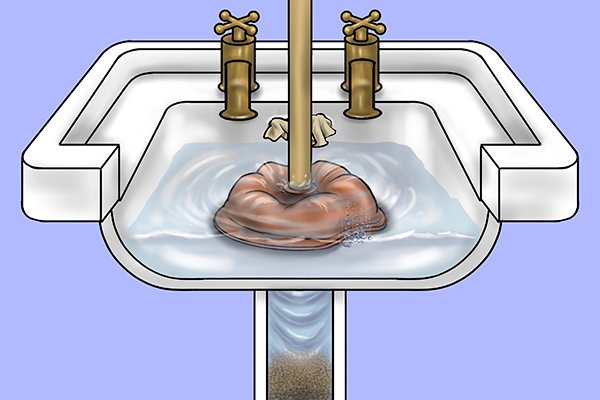 Before using a plunger, it's important to remove any standing water from your sink. This will allow the plunger to create a better seal and generate more pressure. Once the water is removed, place the rubber end of the plunger over the drain and firmly press down to create a seal. Then, start pushing and pulling the handle up and down to create suction and pressure. This motion will help to dislodge any blockages and allow them to move through the pipes.
Featured keyword: plunger
Before using a plunger, it's important to remove any standing water from your sink. This will allow the plunger to create a better seal and generate more pressure. Once the water is removed, place the rubber end of the plunger over the drain and firmly press down to create a seal. Then, start pushing and pulling the handle up and down to create suction and pressure. This motion will help to dislodge any blockages and allow them to move through the pipes.
Featured keyword: plunger
When to Consider Other Options
 While a plunger can be effective for minor clogs in your kitchen sink, it may not work for more serious blockages. If you find that the plunger is not able to move the clog, it may be time to consider other options. Chemical drain cleaners can be effective, but they can also be harsh on your pipes and harmful to the environment. In these cases, it may be best to call a professional plumber who has the necessary tools and expertise to clear the clog safely and effectively.
Related main keyword: kitchen sink
While a plunger can be effective for minor clogs in your kitchen sink, it may not work for more serious blockages. If you find that the plunger is not able to move the clog, it may be time to consider other options. Chemical drain cleaners can be effective, but they can also be harsh on your pipes and harmful to the environment. In these cases, it may be best to call a professional plumber who has the necessary tools and expertise to clear the clog safely and effectively.
Related main keyword: kitchen sink
Maintenance Tips to Prevent Clogged Kitchen Sinks
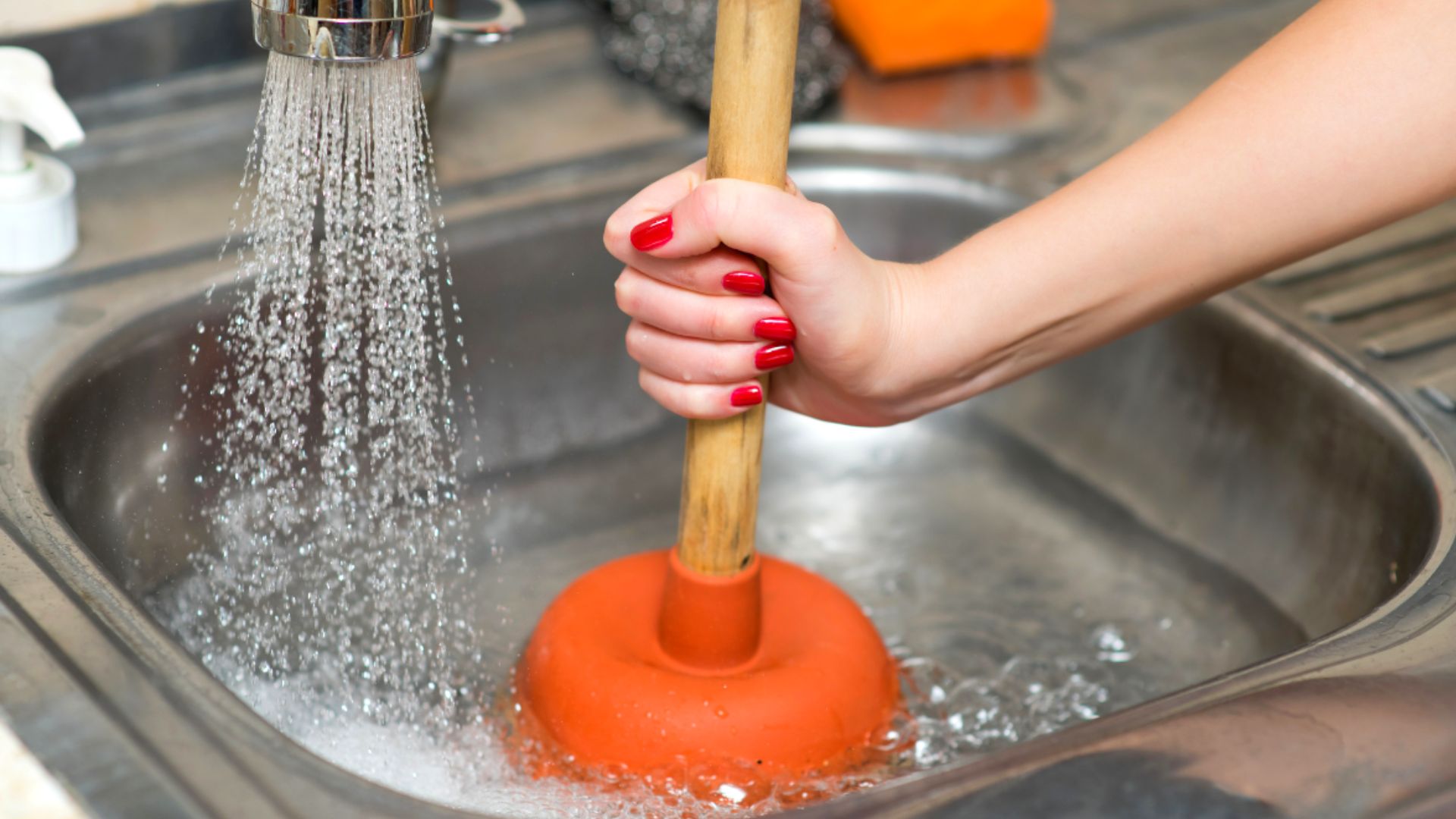 To avoid having to use a plunger on your kitchen sink, it's important to practice good maintenance habits. This includes regularly removing any food scraps or debris from your sink and using a drain cover to catch any larger particles. Additionally, avoid pouring grease and oil down your sink as they can solidify and cause clogs. By taking these preventative measures, you can keep your kitchen sink running smoothly and avoid the need for a plunger.
Related main keyword: clogged drains
To avoid having to use a plunger on your kitchen sink, it's important to practice good maintenance habits. This includes regularly removing any food scraps or debris from your sink and using a drain cover to catch any larger particles. Additionally, avoid pouring grease and oil down your sink as they can solidify and cause clogs. By taking these preventative measures, you can keep your kitchen sink running smoothly and avoid the need for a plunger.
Related main keyword: clogged drains
In Conclusion
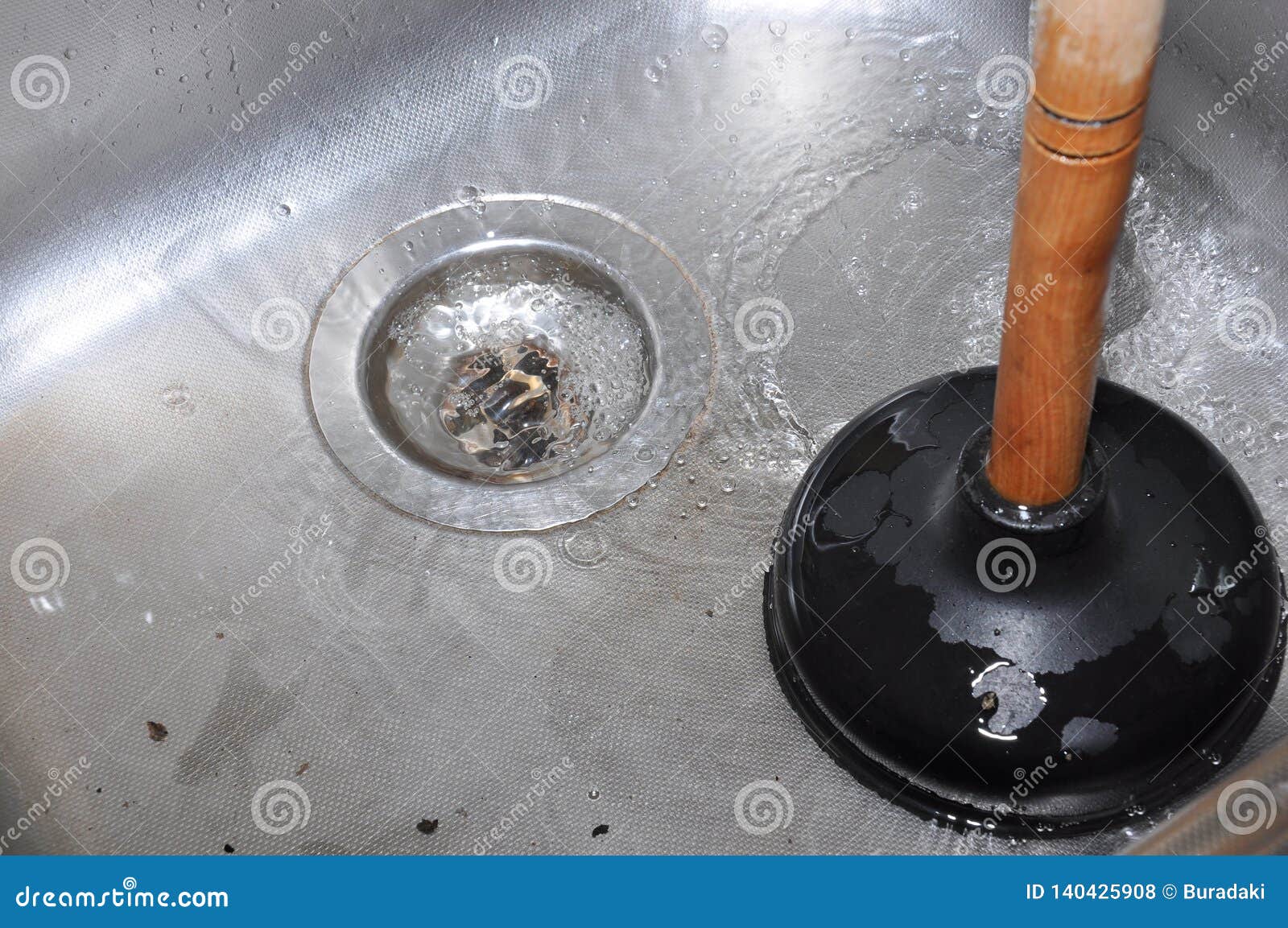 In summary, using a plunger on your kitchen sink can be an effective and affordable solution for minor clogs. However, if the clog persists, it may be best to seek professional help. By practicing good maintenance habits, you can prevent clogs and keep your kitchen sink in top working condition. So next time you encounter a clogged kitchen sink, don't underestimate the power of a plunger!
In summary, using a plunger on your kitchen sink can be an effective and affordable solution for minor clogs. However, if the clog persists, it may be best to seek professional help. By practicing good maintenance habits, you can prevent clogs and keep your kitchen sink in top working condition. So next time you encounter a clogged kitchen sink, don't underestimate the power of a plunger!


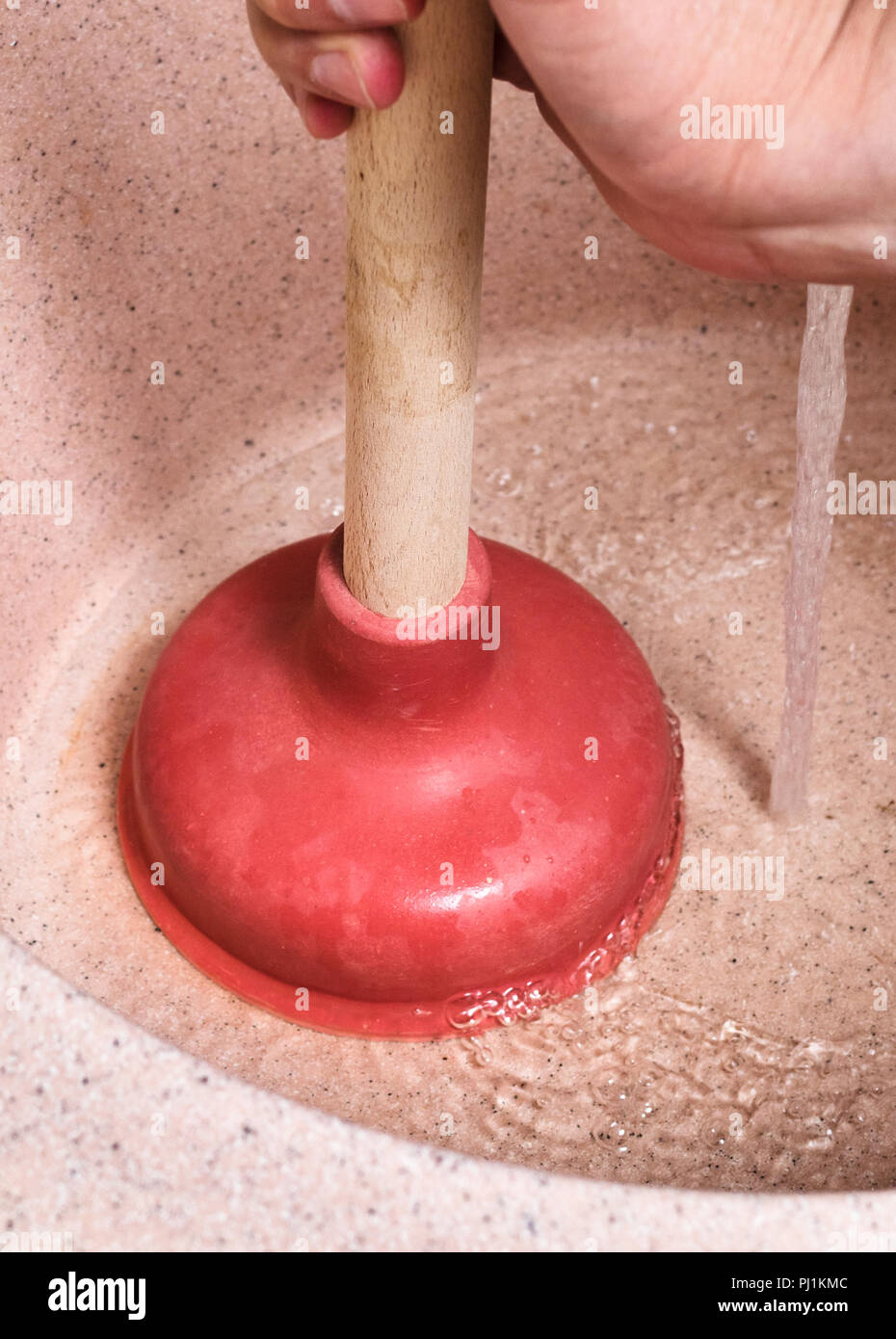

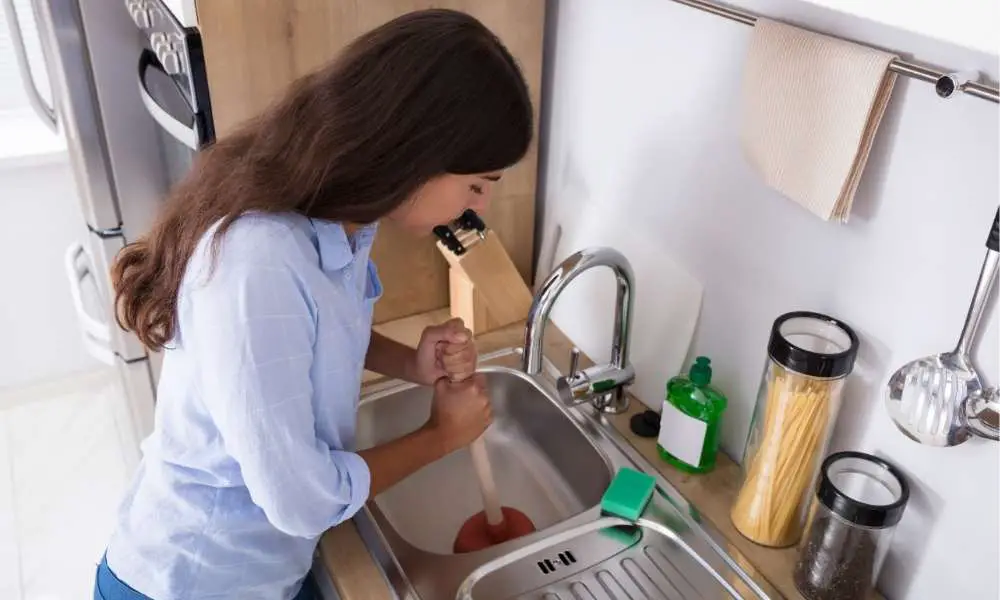
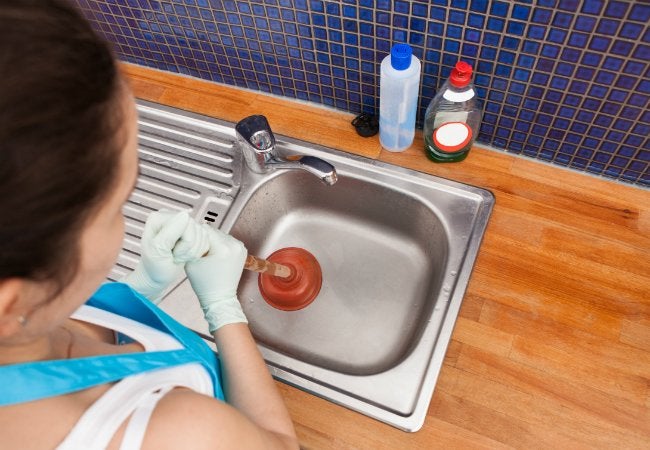
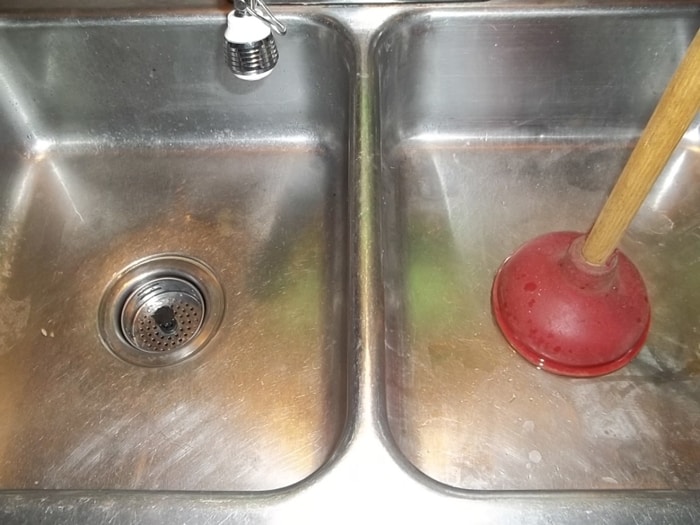
/woman-wearing-yellow-washing-up-gloves-to-unblock-sink-using-plunger-close-up-131987463-5887cfc03df78c2ccd92ec9e.jpg)


